Respecting Your Fellow Fly Fishermen
Thirty percent of Montana’s considerable landmass falls under the label of “public land”. This includes millions of acres of National Forest, National Park, BLM, and State Park lands—all of it crisscrossed by hundreds of miles of roads, trails, and waterways.

As fly fishermen, we end up sharing these public resources with many other recreators: hikers, hunters, boaters, off-roaders, and other fishermen—to name just a few. Public lands give us the chance to trade in the hustle and bustle of modern life for something more peaceful. Whether that’s what you’re after or not, it’s worth remembering some common courtesies to make your time (and everyone else’s) more enjoyable on the river.
In this article, we’re diving into some of the etiquette that we practice when using public waterways.
Taking the Drift Boat for a Float
Montana Fish, Wildlife, and Parks manages over 300 fishing access sites across the state, many of which are outfitted with boat ramps. Whether you’re a dedicated fly fisherman out for a day in the drift boat or simply looking for a pleasant afternoon on the water, there’s a few unspoken rules to keep in mind when you’re getting ready to launch and take out at public boat ramps.
Our first rule of thumb is to always plan ahead. Nothing sours the mood quite like a truck hogging up the boat ramp needlessly while its owners spend twenty minutes fiddling with gear. You can show your fellow boaters you respect their time and their right to use the boat launch by arranging your gear ahead of time—either at home or in an out-of-the-way spot in the fishing access parking lot. When you do arrive, use the staging area for installing boat plugs, removing safety straps, and completing any other last-minute preparations. When it comes time for you to back down the ramp, you’ll be ready to launch—no fiddling required.
Speaking of backing down the ramp, be mindful of how much space is available. If more than one rig can fit at a time, make sure you leave space for those other rigs to back down beside you and launch their own boats. If you center punch a wide boat ramp, you’ll have more than one angry angler to contend with.
Assuming you’ve taken the above advice and loaded all your gear ahead of time, your boat should be ready to launch as soon as it hits the water. If you need to anchor it while you park your rig or run back to grab a few last-minute items, do so somewhere off to either side of the ramp. Keep in mind that other boaters will likely be using this on-the-water staging area. If the ramp is busy and you’re going to be gone for more than a few minutes, row downstream and drop the anchor. You can take as much time as you need, and your fellow boaters will appreciate the gesture.

After a long day of fly fishing, you’ll likely be tired and ready for a good meal—but you’re not out of the woods yet. It’s important to continue to respect other boaters on the river as you approach the end of your float. That starts with taking stock of your surroundings as you get close to take-out. Are there other boats ahead or behind you that are getting ready to take out at the same ramp? Are there boats already anchored at your take-out?
You’ll find that some boat ramps on Montana’s most popular water ways can be exceedingly busy throughout the summer—being prepared well before you hit the bank will help avoid traffic jams at popular take-outs. Stow your gear and get ready to hop out when you reach the ramp. You’ll want to set anchor somewhere that leaves room for the other boats (and somewhere that isn’t at the end of the ramp) while you head to the parking lot to bring the trailer around. Just like boats, dogs, children, and fishing buddies all make for excellent road blocks when they hang out on the ramp. Our advice? Direct potential roadblocks elsewhere.
When it comes time to load the boat, the same code of conduct for launching applies to taking out. Leave room for other vehicles. Winch your boat onto the trailer. Lock the winch in place, throw the anchor in the back of the boat, and clear off the ramp. Finding an out of the way location to finish strapping the boat down and securing all your gear will keep the traffic flowing and the atmosphere friendly.
At this point, you’re nearly home free. Take one last look around for misplaced gear or loose trash. (Hint: you get brownie points for grabbing other people’s trash as well. Our public fishing access sites are a privilege, so let’s take care of them.)
Ultimately, it all boils down to one simple rule: respect your fellow recreators and don’t block the boat ramp.
Etiquette On the River
Do you love the peace and quiet of the outdoors? The challenge of finding new holes and landing the perfect presentation? The excitement of wrangling in a hard-fighting trout? Well, it turns out you’re not alone. When there’s other fly fishermen around (and even when it seems like there’s not), it’s important to respect each other’s time on the river.
One common complaint we hear grumbled about around parking lots and campfires is noise. A lot of folks enjoy the peace and quiet that a day on the river can offer, so keep the volume down and avoid shouting across the river or up and down the bank unless it’s an emergency… Or you’ve got a truly legendary fish on the line.
There’s also a tendency to grumble about the number of fishermen out on the water. It’s understandable to want to get away from the crowds, but, in this instance, the popular saying “When in Rome…” comes to mind. If you see people fishing close together, then assume it’s acceptable to do so on that river. If you feel folks are fishing too close to you or there are simply too many people, find somewhere else to fish that better suits your personal expectations—we promise Montana’s got something for everyone. That said, the same goes for if you see folks fishing by themselves. If that’s the case, don’t start fishing right next to them. It’s rude.

And while we’re on the topic of personal fly fishing space, don’t forget that it’s common courtesy on all waterways to stay a good 75 feet or more from the shore or wade fishermen while rowing your drift boat downstream.
There’s getting to be fewer and fewer places on the more major waterways where you won’t see a single soul… If you do bump into your fellow fly fishermen, take the chance to say hello. Being on the river can bring a sense of comradery, and you’ll find many of your fellows are willing to offer some useful information, help net a fish, or even share a beer. Flipping that on its head by offering to help someone else net a fish or even take a few pictures will give you good river karma.
Other ways of earning good river karma? It likely goes without saying, but respect the fish. In many tailwater fisheries, it’s common to find fish feeding on the insects you kick up when wading through the water. Intentionally shuffling about and then fishing right at your feet is poor sportsmanship. There’s also the matter of foul-hooking, which happens to us all at some point or another. Fighting a foul-hooked fish to the point of exhaustion should be a last resort. Give that fly a few good tugs and, the vast majority of the time, it’ll come loose.
The Long and Short of Fly Fishing Etiquette
It’s simple, really. It starts with taking a few extra seconds to remember that these wild spaces we know and love are also shared spaces. Respecting other recreators and the river around us goes a long way towards preserving our public water ways and ensuring both you and your fellow anglers can enjoy their time on the river. Happy fishing!
Questions about good fly fishing etiquette? Any unspoken rules you wish you’d have known about when you first got into the sport? Leave them in the comments below!


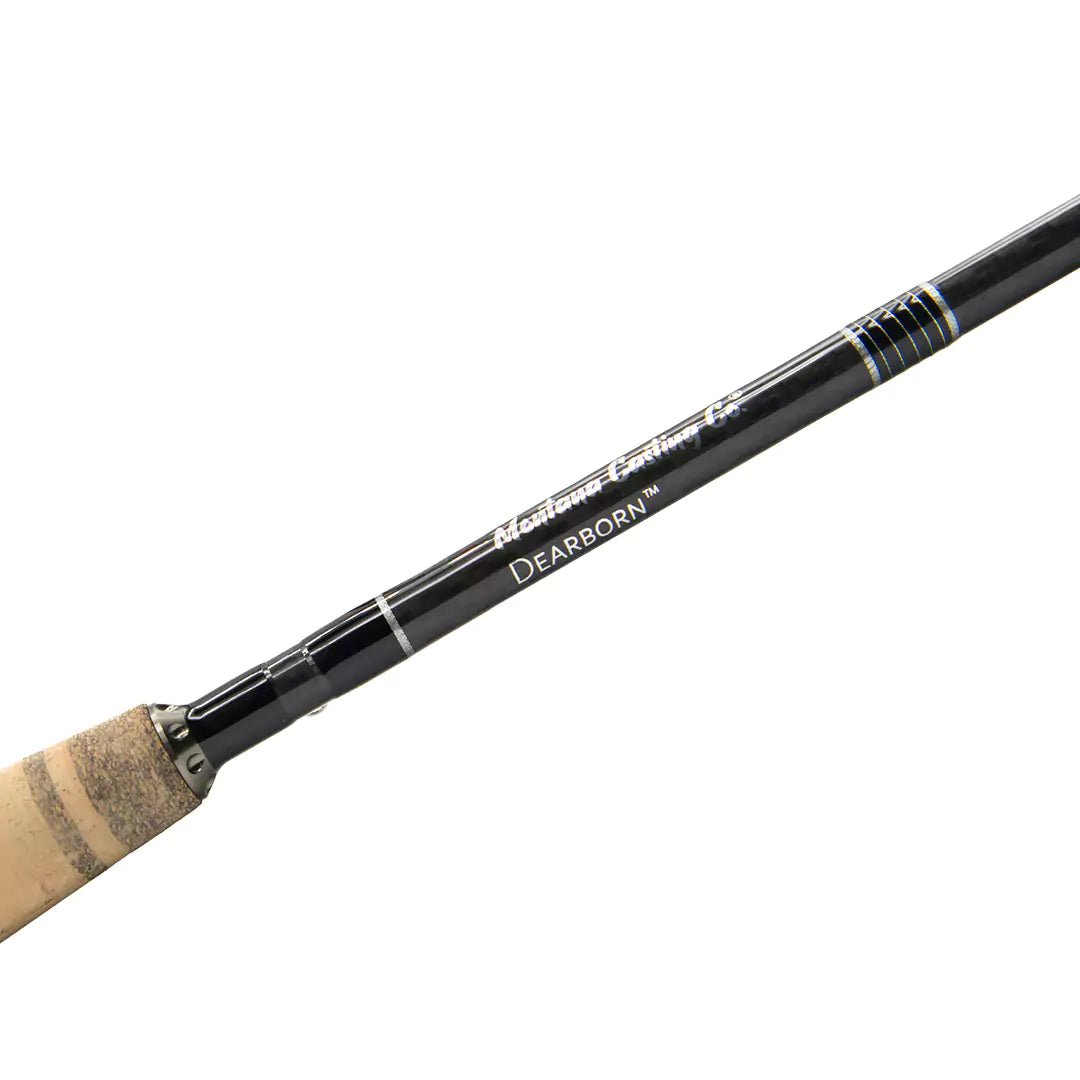
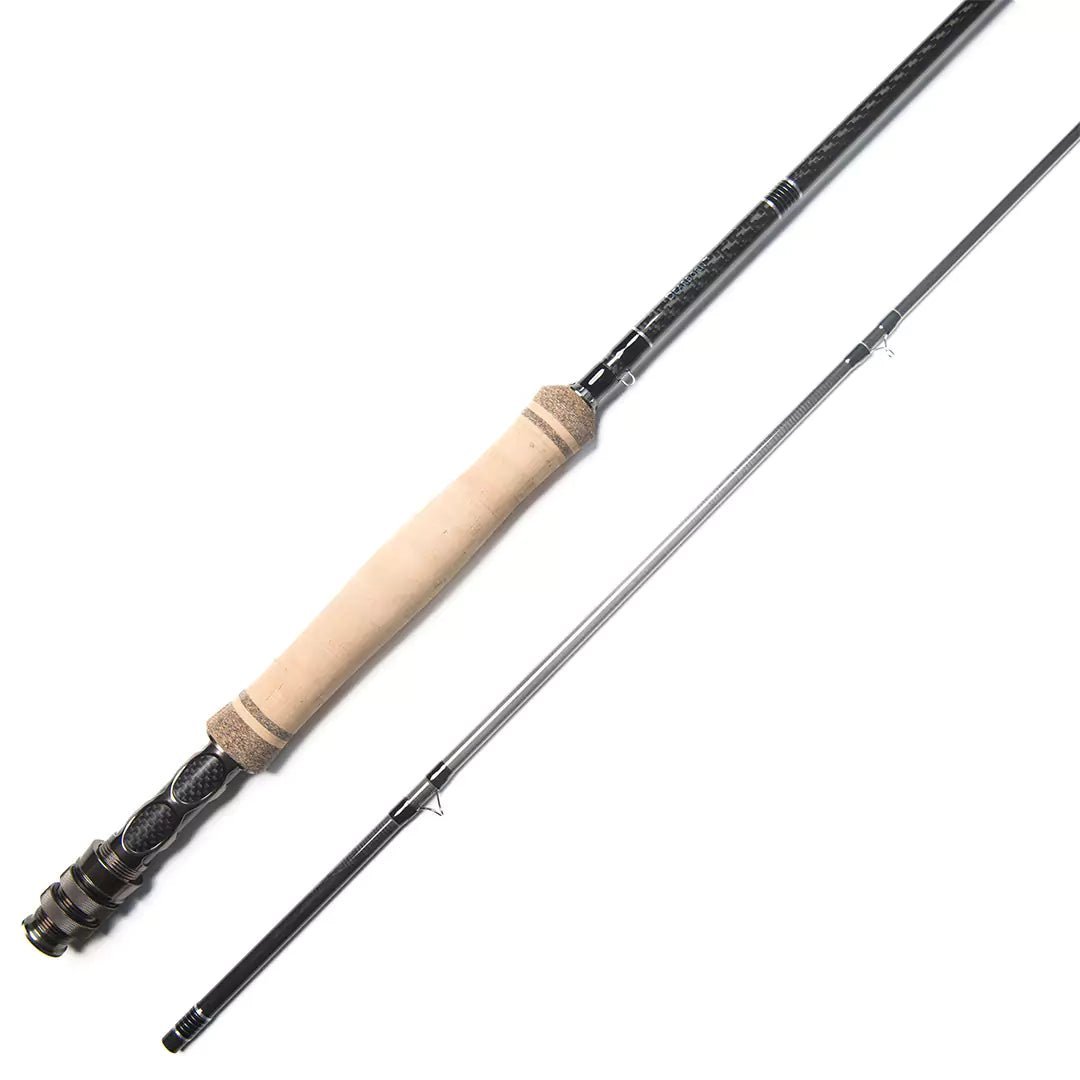
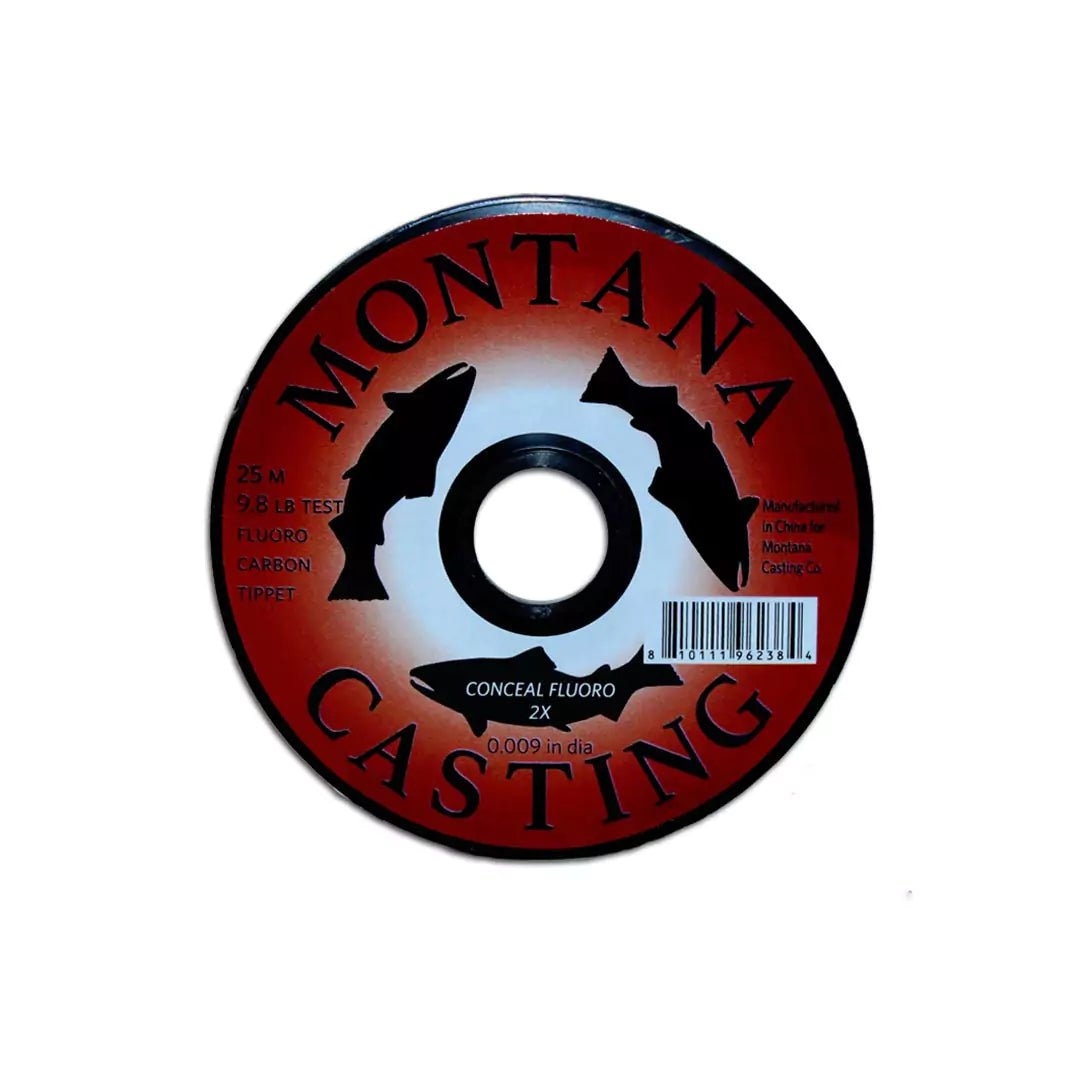
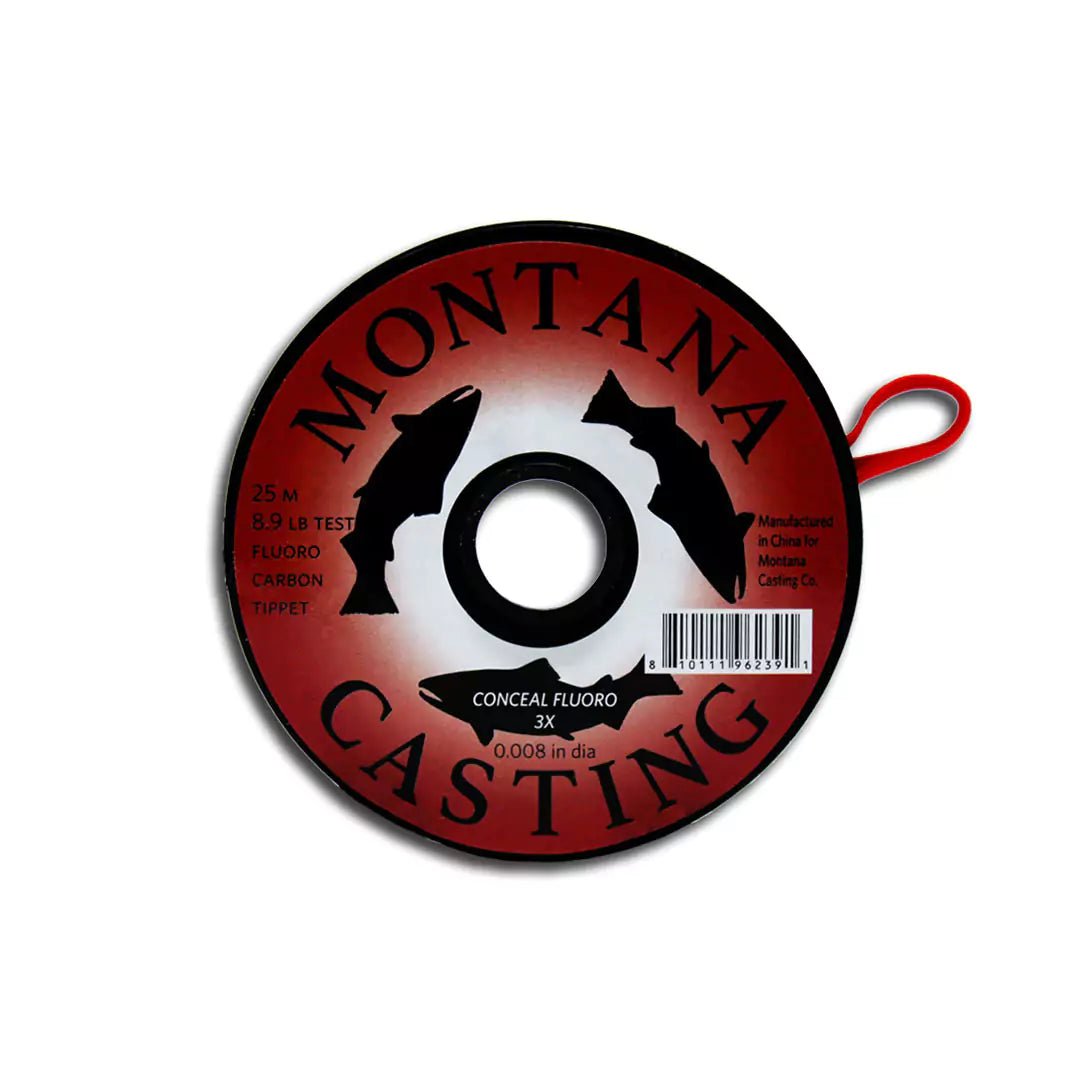
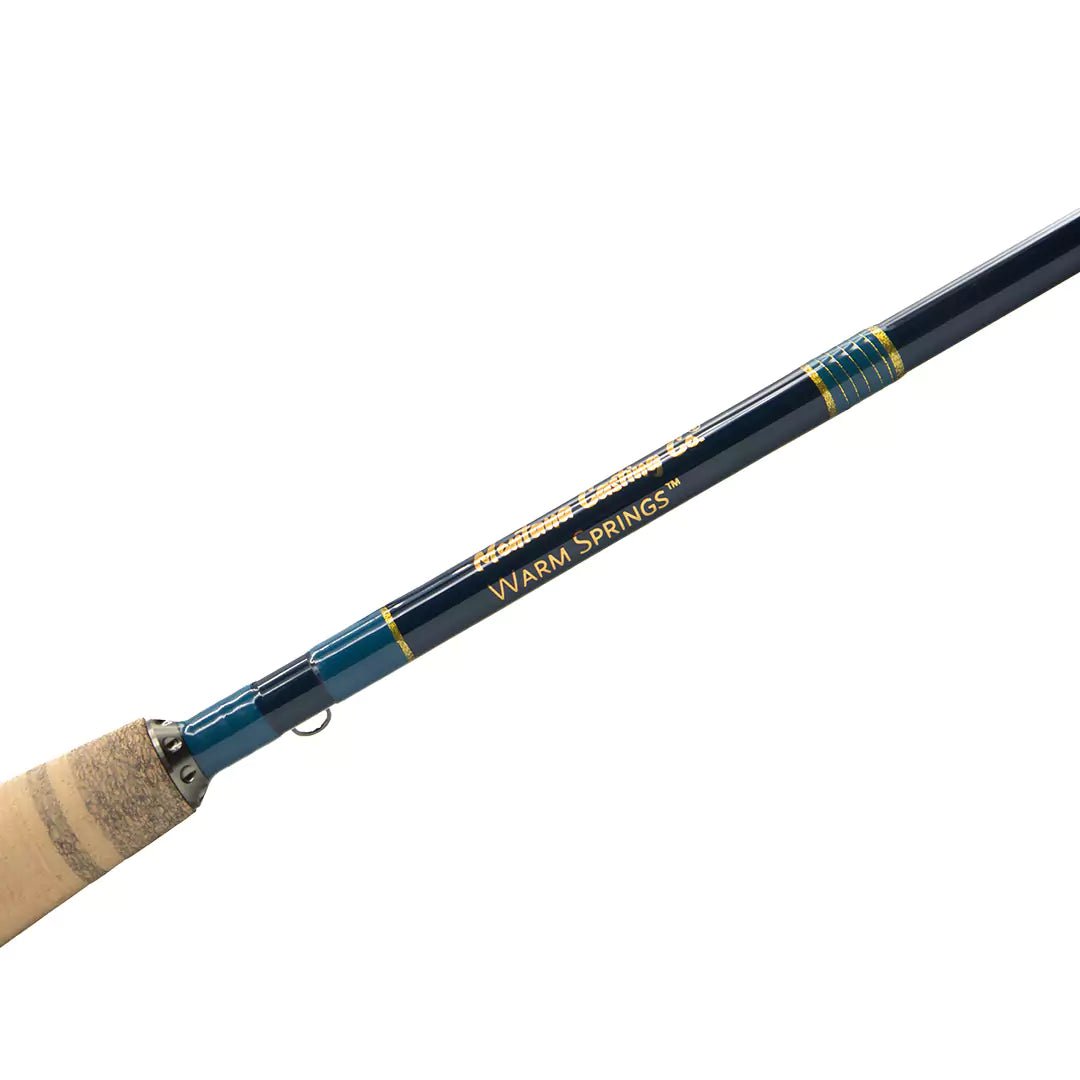
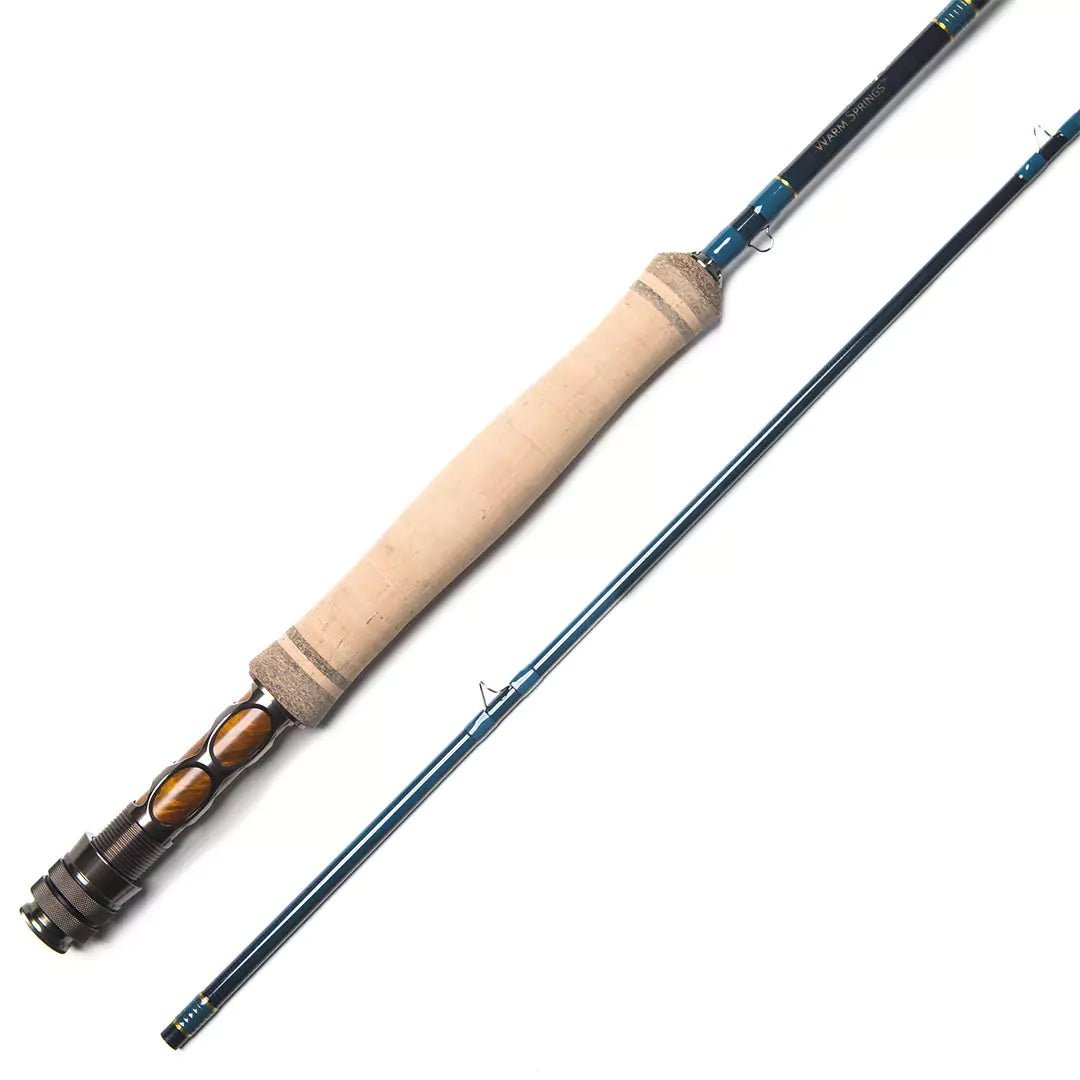
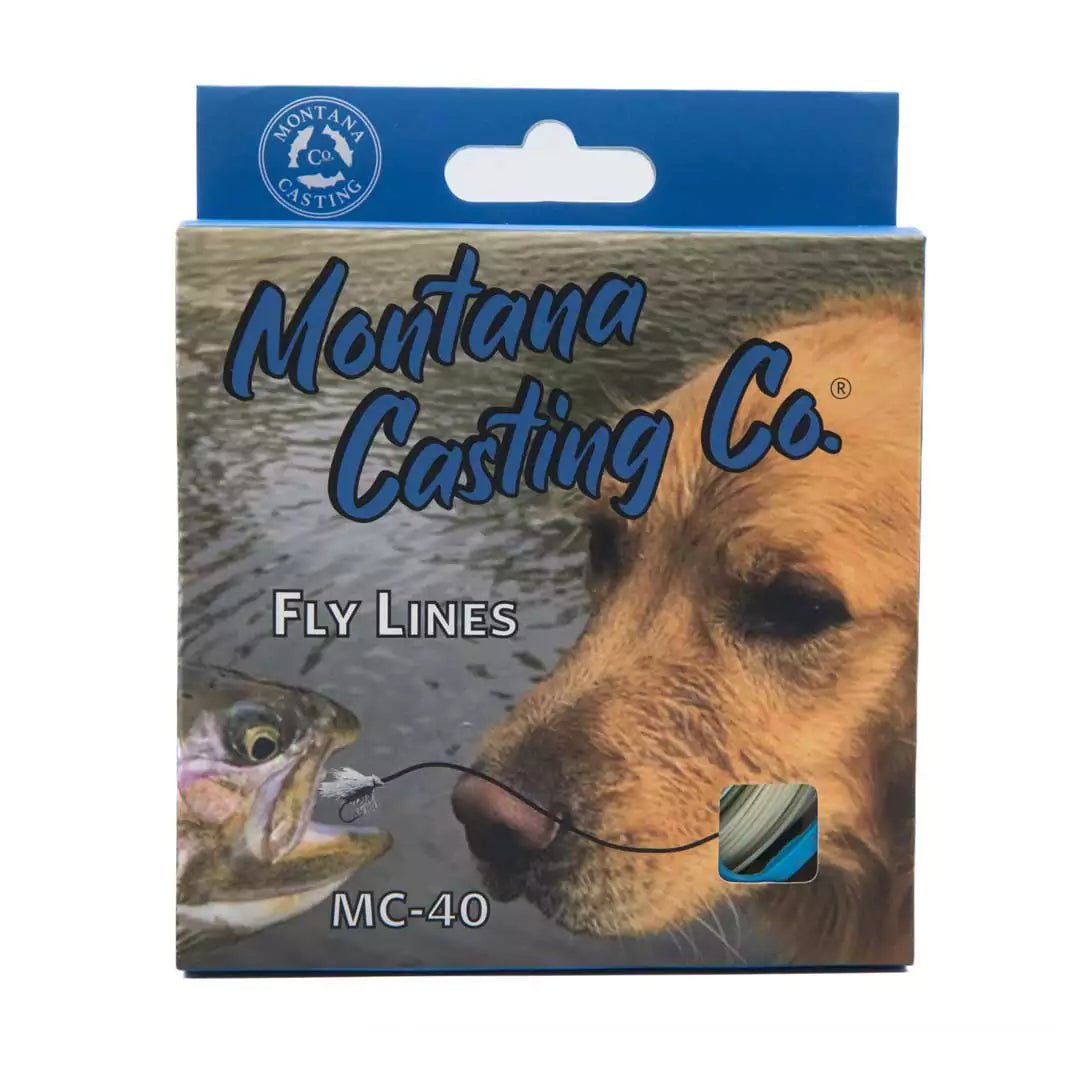
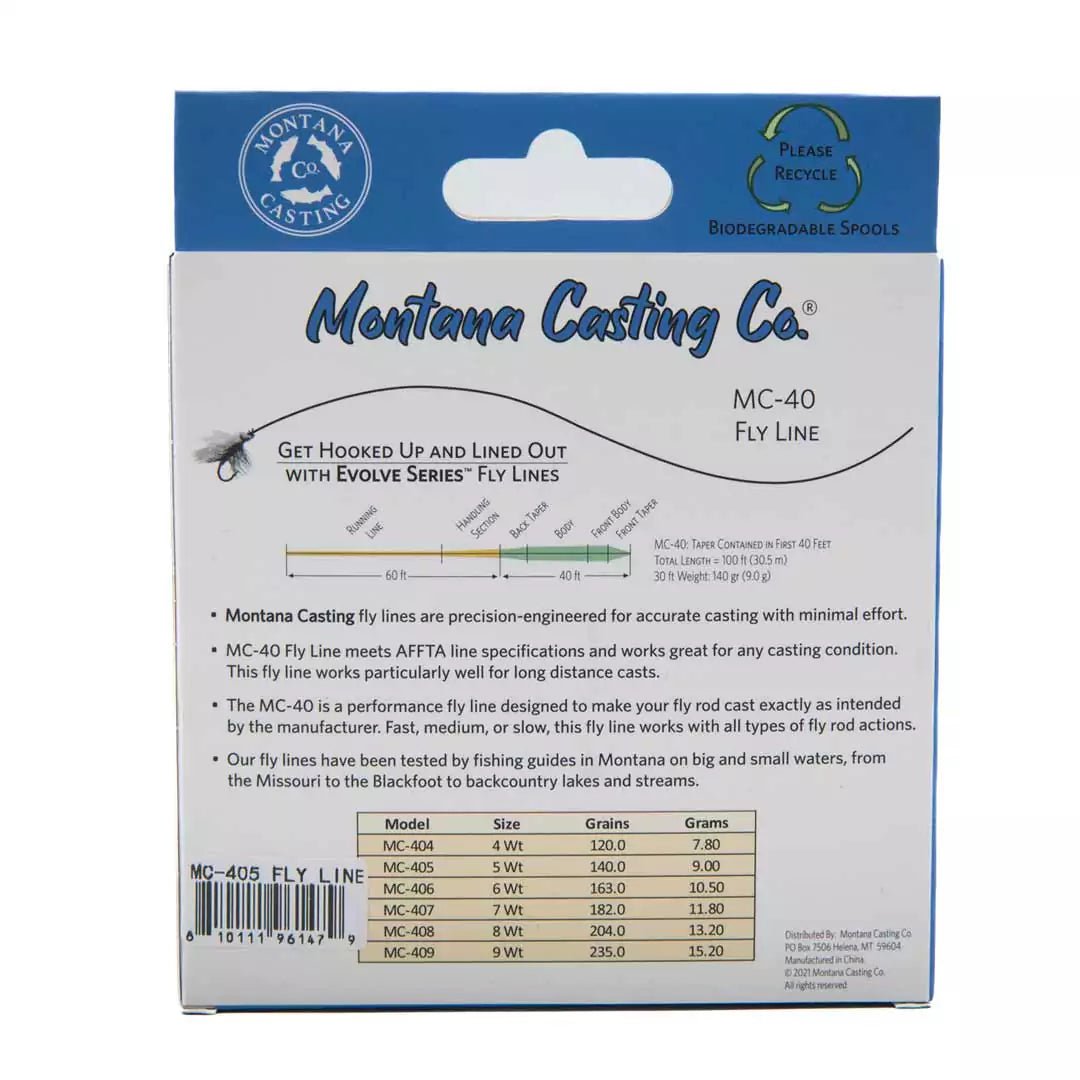
4 comments
It’s bad, A guide stopped at my spot on the river and asked how long I would be here.
My answer back was: “You a guide?” He answered yes! : Since you’re teaching how to fish this river Start with RIVER EDICT! Teach them a lone fisherman likes it that way. Teach them not to bother someone in their holes, but to find a empty stretch and learn it. I arrived at dark thirty to fish this hole and I don’t need a time frame !. Have a good day!.
Id like to thank you for these reminders, and especially Montana for making out of state fishers feel welcome with well maintained and marked launches, restrooms, and also river access! Its unlikely neighboring states will ever see the light in at least allowing licenses river guides to make shore pullovers but i suppose others will see that and not know they are exempt. And Yes, i understand the Why of that, just as i understand the massive drawdowns for rivers for Ag irrogation. But not setting limits on that to maintain viable fisheries means I and mu group of consciencious and spendy fishers will Always chose Montana – thsts guides, lodging, meals, gas and oh yes, patronizing fly shops. Here in the east communities recognize what a 365 day fishery can do for the economy and have their voice heard and assessed. Good fishing all!
Good advice. However in eastern Idaho the bigger issue is non-angling recreational floaters. A very large % are clueless about anglers and river etiquette and treat rivers like a theme park. Educating these users is critical.
Well written. I have also had men try to step in right in front of me in a stream.. just because I am a female doesn’t mean I can’t fish. Give everyone space. Hi to Lincoln from Hoodoo.